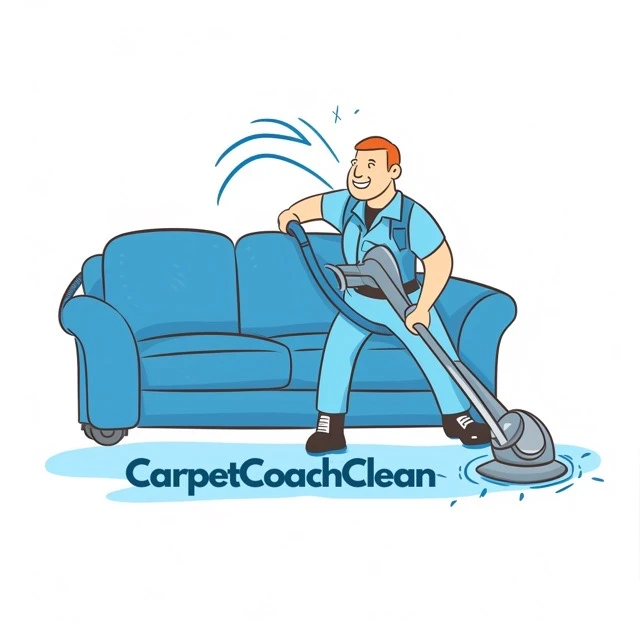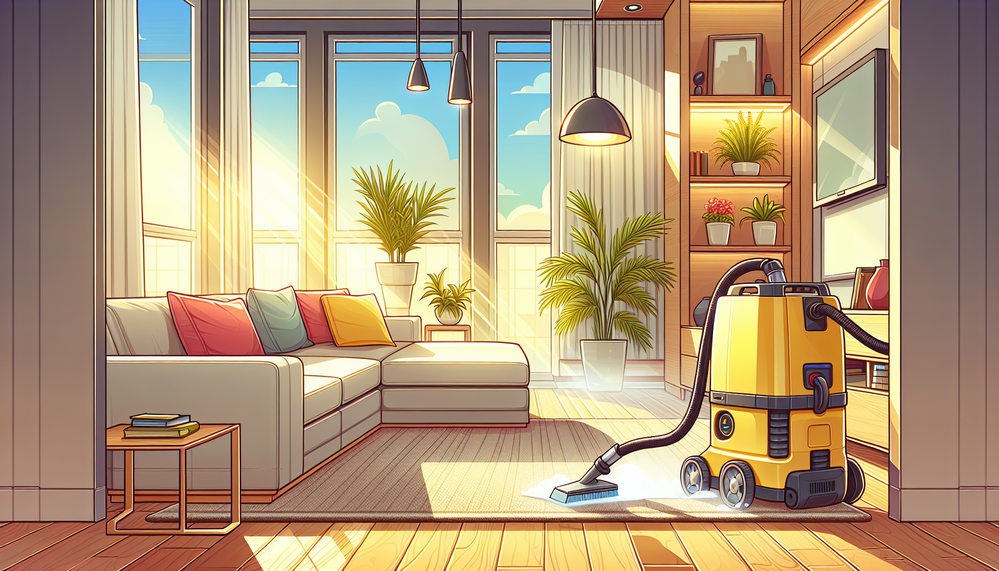Indoor air quality is a significant factor in our overall health, especially when considering that the average American spends 90% of their time indoors. Shockingly, pollutant concentrations within homes can be 2–5 times higher than those outdoors. Understanding the role of carpet cleaning and air quality can greatly enhance our indoor environments and health. Carpets serve a dual purpose: acting as air filters by trapping dust and allergens, while potentially releasing them back into the air if not properly maintained (role of carpets in air quality).
Understanding Indoor Air Health
Definition of Indoor Air Health
Indoor air health refers to the quality and safety of the air within our homes and buildings. It has a significant impact on our respiratory health and plays a crucial role in disease prevention. Poor indoor air health can lead to ailments such as asthma, allergies, and other respiratory concerns. Prioritizing indoor air health ensures a safer and healthier living environment.
Common Indoor Air Pollutants
The air inside homes can be compromised by several pollutants. Some common ones include:
- Dust: It accumulates on surfaces and in carpets, causing respiratory irritation.
- Pollen: Common in spring, it can trigger allergic reactions.
- Pet Dander: Small flakes of skin shed by animals can exacerbate allergies.
- Mold Spores: These tiny spores can thrive in damp environments and affect air quality.
- Bacteria: They can be present in household dust and carpets.
- Chemical Residues: Volatile organic compounds (VOCs) from household cleaners and paints.
- Allergens: Other allergenic particles that can worsen health conditions.
For a comprehensive understanding of these common pollutants in indoor air, it is essential to implement effective cleaning strategies.
Role of Carpets in Indoor Air Quality
Carpets as Dust and Allergen Traps
Carpets can hold onto dust, allergens, and bacteria over time. If not cleaned regularly, these pollutants can re-enter the air, reducing the quality of the ambiance we breathe in. Understanding how carpets and breathing interact is crucial for maintaining a healthy home.
Contaminant Disturbance through Walking and Vacuuming
Walking on carpets or vacuuming them can disturb the trapped contaminants, releasing them back into the air. This disturbance can worsen breathing issues and trigger allergies. Being aware of the potential for contaminant disturbance in carpets helps in selecting the right cleaning methods to prevent these issues.
Benefits of Carpet Cleaning
Direct Improvements on Air Quality
Regular carpet cleaning can significantly enhance air quality by removing accumulated pollutants and reducing respiratory irritants. This process not only provides a healthier environment but also supports an allergy free home cleaning.
Effective Carpet Cleaning Methods
Various carpet cleaning methods can be employed, each with its own benefits and potential drawbacks:
- Steam Cleaning: Known for its deep-cleaning capabilities, though drying times can be lengthy.
- Dry Cleaning: Quicker drying using minimal water but potentially less thorough than steam cleaning.
- Shampooing: Effective in scrubbing and cleaning but may leave detergent residue.
Understanding these methods and choosing the right cleaning products ensures efficiency and safety in achieving an allergy-free home.
Impact of Carpet Cleaning on Breathing and Allergy Prevention
Reduction in Airborne Irritants
Keeping carpets clean helps reduce dust, pollen, and pet dander in the air. This not only eases breathing but also decreases allergy symptoms. Acknowledging the benefits of clean carpets and breathing brings us a step closer to healthier living conditions.
Studies on Respiratory Health
Multiple studies highlight improved respiratory health with cleaner carpets. Cleaner air supports both immediate ease in breathing and long-term lung health improvements.
Tips for Maintaining an Allergy-Free Home
Home Maintenance Beyond Carpet Cleaning
Creating a home with optimal indoor air health involves a few key maintenance practices:
- Use HEPA Filter Vacuums: These vacuums are effective at trapping fine particles.
- Control Humidity Levels: Maintain optimal humidity to prevent mold growth.
- Regular Cleaning of Bedding and Drapes: Reduces dust mites and allergen exposure.
Following these tips for home maintenance ensures a comprehensive approach to reducing allergens in the home.
Professional Carpet Cleaning Schedule
For homes with children, pets, or allergy sufferers, scheduling professional carpet cleaning every 6–12 months is ideal. Otherwise, an annual cleaning is recommended. Setting a professional cleaning schedule is key to maintaining a healthy home environment.
Conclusion
Maintaining clean carpets is crucial to improving and maintaining indoor air quality. Regular carpet cleaning removes pollutants, supports respiratory health, and enhances the overall living environment. By implementing regular maintenance and using effective cleaning methods, families can create a healthier living space and breathe easier.
Call to Action
Explore professional carpet cleaning services to enhance indoor air quality and safeguard your family’s health. Learn more about the benefits and necessary steps to maintain a clean and healthy home environment.




